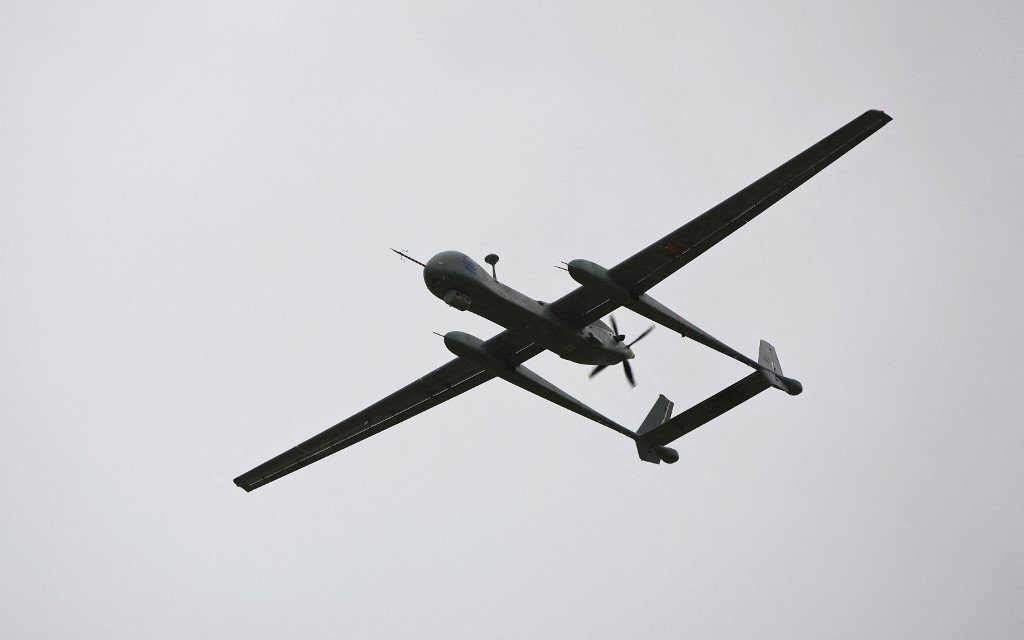There is an interview (in German) with the Bundeswehr Inspector General on the MoD homepage from yesterday which contains the following section on a ABM system:So Germany's planned acquisition, or more precisely the debates around it, signal that Germany is first interested in a nuclear shield, and only after that air defenses against conventional threats.
Translation by me:Braucht Deutschland einen Raketenschutzschirm, ähnlich wie Israel?
Wir unterscheiden zwischen drei Ebenen des Schutzes: Die erste ist der Schutz der beweglichen Kräfte am Boden. Da haben wir nur noch geringe Fähigkeiten, aber schon in der letzten Legislaturperiode die Anschaffung neuer Systeme angestoßen. Das muss nun umgesetzt werden. Die mittlere Schicht wird durch das Patriot-Abwehrsystem geschützt, das modernisiert werden muss. Die dritte Schicht bezieht sich auf den Schutz vor Raketen, die etwa in Kaliningrad stehen, die berüchtigten Iskander. Sie können fast alle Ziele in Westeuropa erreichen, und es fehlt ein Abwehrschirm. Die Israelis und die Amerikaner verfügen über die entsprechenden Systeme. Welchem von beiden geben wir den Vorzug? Schaffen wir es, ein Gesamtsystem in der NATO aufzubauen? Diese Fragen müssen wir nun beantworten. Bisher ist nur eines klar: Wir haben weder die Zeit noch das Geld, diese Systeme selbst zu entwickeln. Denn die Raketenbedrohung ist bereits vorhanden und bekannt.
Q : "Does Germany need a missile defense system similar to Israel?"
A : We differentiate three layers of protection: The first is the protection of mobile ground forces. In this we only have few capabilities remaining, but have already begun the procurement of new systems in the last legislature period. This has to be implemented now. The middle layer is protected by the Patriot defense system which has to be modernized. The third layer refers to the protection from missiles such as for example those in Kaliningrad, the infamous Iskander. They can reach nearly all targets in Western Europe, and a defense system is missing. The Israelis and the Americans have such systems. Which of the two do we favour? Will we mange to build a common system within NATO? We have to answer these questions now. So far only one thing is clear: We do not have the time or money to develop such systems on our own. The missile threat is already present and known.
Further down in the interview however GI Zorn also states that: "priority is given to [...] rapid visibility of material within the forces".
The first layer described by him has an upgrade planned, but that does not have rapid visibility (unless Rheinmetall suddenly test-fires a IRIS-T SLS Boxer module next week...). The middle layer has an upgrade planned, but that does not have rapid visibility since it's about keeping the same system. With regard to air defense as described by GI Zorn it's the third layer that with off-the-shelf procurement can achieve rapid visibility.
Note:
With regard to the layering described, the first layer consists of multiple systems in three sub-layers, which are all only marginally covered right now. There is an upgrade path for all three sub-layers.

